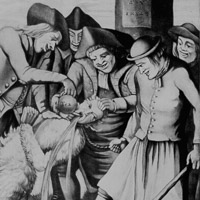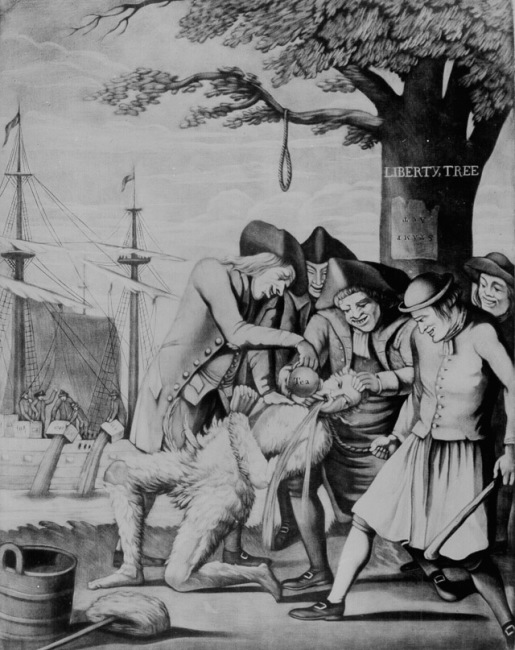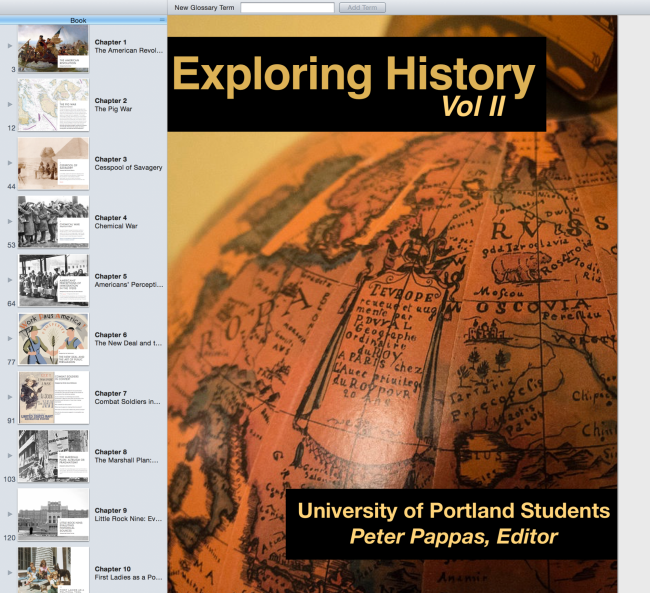My Social Studies Methods class at the University of Portland recently published a free multi-touch iBook – Exploring History: Vol II. It features ten engaging questions and historic documents that empower students to be the historian in the classroom. For more info on our project and free download of the fully functional version click here.
To better publicize student work, I’m featuring each chapter in it’s own blog post. More in series here.
Generative Question: Did the American Colonists have legitimate motivations for initiating war and separating from Britain?
The American Revolution by Scott Deal - Download as pdf (8.5MB) The American Revolutionary War lasted from 1775 to 1783. The conflict was between the thirteen North American colonies and British. Both the American Colonists and British had different perspectives on the war. The follow documents are primary sources from both the American Colonists and British. As you analyze and examine the documents, take into account the source of each document and any point of view that may be presented in the document. I want the students to use evidence to support their answers to the questions pertaining to each document and form an argument based on what they have learned and think.
Reflection by Scott Deal
Designing a Document Based Question, or DBQ, has been a great experience. I learned the importance of creating a dynamic generative/essential question that serves as the framework of the assignment. Just as critical, are the five to eight related documents that will assist the students in answering the generative question. The documents can be sources including images, texts, videos, or audio. Each document will also include scaffolding questions to assist the student in examining the document.
The goal of the DBQ I created was to design and utilize a generative question, documents, and scaffolding questions that incorporated historical thinking skills. I wanted students to analyze the documents, gather evidence from the sources and create an argument, or side, about a topic. The topic of my DBQ is the American Revolutionary War. This DBQ could be used as a conclusion of a unit.
I think the DBQ assignment process has given me a great deal of value as a learning experience. Creating interesting and engaging questions and finding quality sources has helped me learn and work through the process of finding content for my classroom. The challenges I had were making sure the assignment incorporated proper historical thinking skills. I found a lot of success in discovering a variety of documents and sources. Some of the lessons I learned were the importance of peer review and advice from peers.
Next time, I would approach this assignment with the intent of finding more engaging documents such as video and audio. I thought this assignment was clear and intriguing. I look forward to creating a DBQ assignment in my future career.
Image credit: The Bostonians paying the excise-man, or tarring and feathering
Philip Dawe(?), mezzotint, 1774, 14 x 9 1/2 inches
Prints and Photographs Division, Library of Congress





